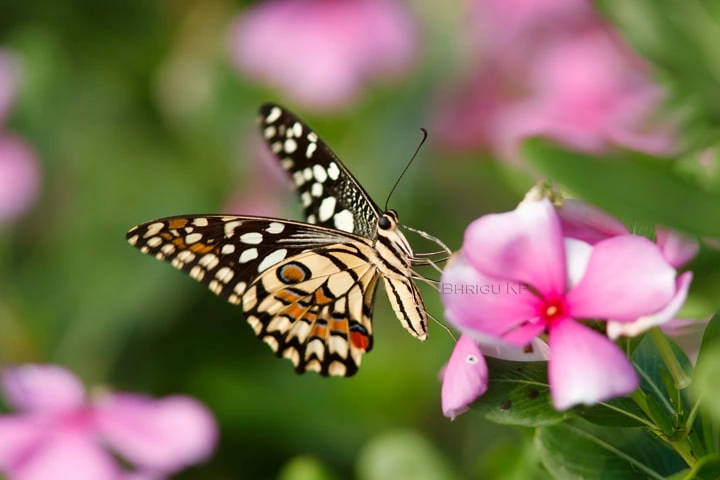The Bombay Natural History Society (BNHS) started work in 2018 across Delhi to create and develop habitats for butterflies and planting host plants for them. This has yielded results and now there are large and small 71 habitats with 55 host plants already planted.
As the city’s major green patches and habitats are disconnected because of a large number of urban clusters, BNHS is now working to chart out communicable routes through micro-habitats. These will be corridors that will run through these clusters and connect existing habitats enabling the butterflies to move freely across them.
Speaking to Times of India, Sohail Madan, Centre Manager of BNHS said: “For instance, Asola and Jahanpanah forests are the major green patches, but between them lies the urban clusters of Sangam Vihar etc. Similarly, between Sanjay Van and Hauz Rani forests, there is Saket.”
The solution to this problem is creation of butterfly habitats in these urban clusters through public initiatives. Explaining this aspect, Madan said: “Some of these habitats are located in schools, parks, resident welfare associations, even on the terrace of private residences. It’s a citizen-driven initiative. When there are enough habitats, butterflies can easily travel among the major green spots.”
At present the 71 habitats include 11 in schools and colleges, 19 in parks, green areas with Resident Welfare Associations and institutions and 41 in terrace and home gardens. The team is working on the 72nd habitat. Madan told TOI: “The habitats are created using chemical-free substances as the insect is sensitive by nature. We often associate butterflies with just flowers, but it’s much more than that. So, a habitat has host plants, which are inviting for the species to lay eggs. We also put rotten fruits, wet cow dung etc. that attracts butterflies.”




















